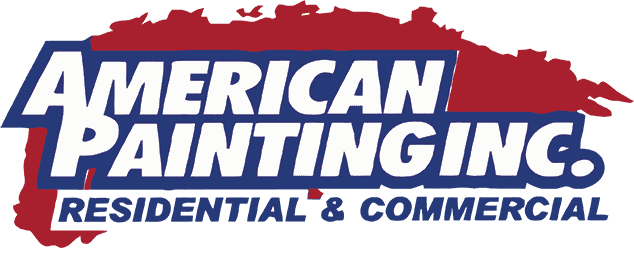You’ve been dreaming of a fresh look for your home, pinning inspiration photos, and picking out potential colors. Now you’ve arrived at the most critical question: “How much is this actually going to cost?” It’s the number one question we hear from homeowners in St. Charles, Geneva, and across the Fox Valley, and for good reason. Budgeting is the first step in any successful home improvement project.
While we wish we could give a single, simple answer, the truth is that the cost to paint a home’s interior can vary significantly. A price you see online might not account for the specific needs of your home. This guide aims to pull back the curtain and give you an honest, transparent breakdown of the key factors that determine the real cost of a professional interior painting project in our area.

The Big Picture: Averages and Why They’re Just a Starting Point
If you search online, you’ll see ballpark estimates for interior painting, often ranging from $3.50 to $6.00 per square foot of wall space. So, for a standard 12×15-foot bedroom, you might see figures from $600 to $1,500+.
However, these numbers can be misleading. They don’t tell the whole story. Is that price for just the walls, or does it include the ceiling and trim? Does it account for patching nail holes or repairing damaged drywall? The final price on a professional quote depends entirely on the specific details of your project.
The 5 Key Factors That Determine Your Interior Painting Cost
Think of your painting estimate as a recipe. These five key “ingredients” have the biggest impact on the final price.
1. The Scope of the Project: More Than Just Walls
What exactly are we painting? A project’s scope is the biggest cost driver.
- Walls Only: This is the most basic and affordable option.
- Walls & Ceilings: Adding ceilings increases the time and material costs.
- Walls, Ceilings & Trim: Painting trim (baseboards, window and door frames) requires significant prep (sanding, caulking) and precision, adding to the labor cost.
- Doors, Closets & Built-ins: Each additional element adds to the total scope and price.
2. The Condition of Surfaces: The Critical Role of Prep Work
This is what separates a cheap paint job from a lasting, professional one. The amount of preparation needed is a major factor. A home with smooth, pristine walls will cost less to paint than a home that needs:
- Extensive nail hole and screw pop patching.
- Stress crack repairs.
- Sanding of rough or uneven surfaces.
- Significant cleaning of walls with grime or residue.
Remember, you’re not just paying for painting; you’re paying for a flawless finish, and that starts with meticulous prep.
3. Paint Quality and Type: An Investment in Durability
The cost of the paint itself plays a role. While a premium paint like Benjamin Moore Regal Select or Sherwin-Williams Duration might cost $70-$90 per gallon compared to a basic paint at $30, it offers far better coverage, scrubbability, and color retention. Investing in quality paint means your results will last longer and look better. The sheen also matters, as durable, high-quality trim paints (semi-gloss) cost more than standard wall paints (eggshell/matte).
4. The Complexity of the Job: Details Matter
A simple, empty, square room with 8-foot ceilings is straightforward. The cost will increase with complexity, such as:
- High Ceilings or Two-Story Foyers: These require ladders, scaffolding, and extra safety measures.
- Architectural Details: Cutting in around numerous windows, crown molding, or wainscoting requires more time and skill.
- Multiple Colors or Accent Walls: Each additional color means more setup, cleanup, and precision work.
5. The Professional Contractor: Labor, Insurance, and Peace of Mind
When you hire a reputable company, your cost covers more than just labor. It includes liability and workers’ compensation insurance (which protects you, the homeowner), proper tools, project management, and often a warranty on the work. This peace of mind is a crucial part of the value provided by a true professional. This level of quality is central to our residential painting services.
What Should a “Free Estimate” Include?
When you get a quote from a painting contractor, it should be detailed and transparent. A professional estimate will clearly outline:
- The exact scope of work (which rooms, what surfaces).
- The specific prep work that will be performed.
- The brand and type of paint to be used.
- The number of coats to be applied.
- A clear total price and payment terms.
Be wary of vague, one-line quotes. A detailed estimate shows that the contractor has thoroughly assessed your home and is committed to quality. While online tools, like this paint calculator from Benjamin Moore, are great for estimating material needs, they cannot account for the specific labor and prep your home requires.
The only way to know the true cost to paint your house interior is to get a personalized quote from a professional who can see the space in person. It’s an investment in your home’s value and your daily enjoyment.
Ready to get a clear, accurate, and no-obligation price for your project? Contact us today to schedule your free, detailed estimate in the St. Charles area.

